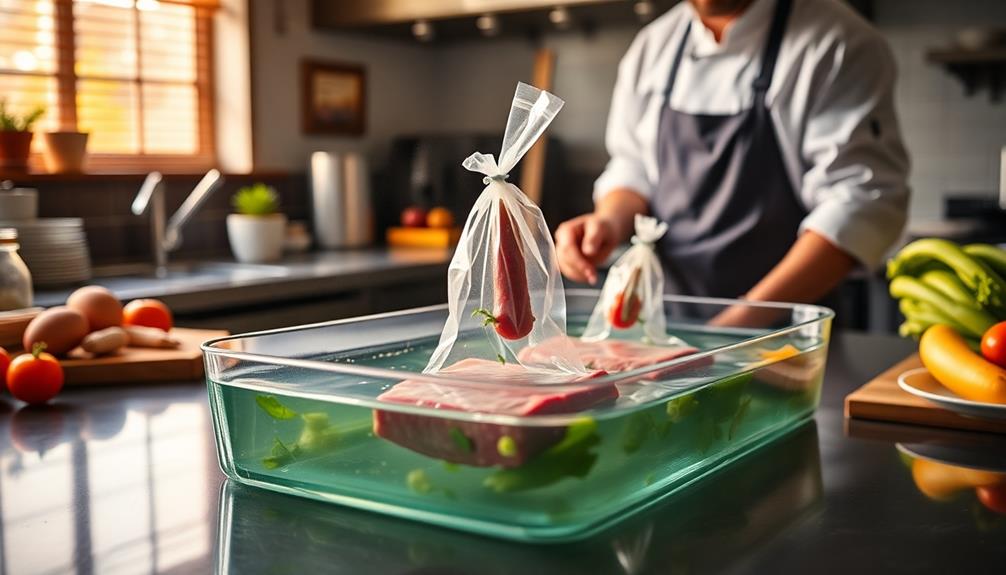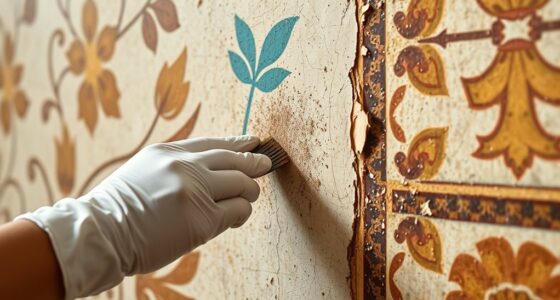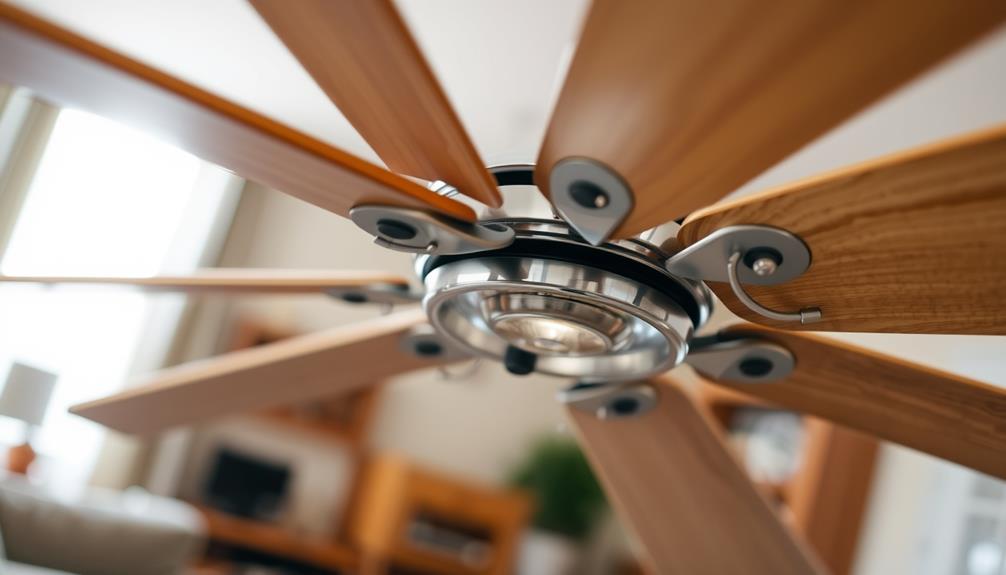Cupolas are charming architectural features that enhance both beauty and function. You'll find them in historic landmarks like the U.S. Capitol, showcasing their timeless appeal. They improve natural light, reduce energy use, and provide stunning views. Their designs can vary from ornate to simple, allowing you to choose styles that fit with a range of architectural trends. Plus, modern innovations guarantee they're energy efficient and environmentally friendly, using recycled materials. This blend of aesthetics and practicality makes them irresistible. If you're intrigued by how cupolas elevate spaces, there's much more to explore about their rich history and design possibilities.
Key Takeaways
- Cupolas enhance architectural aesthetics, adding character and visual interest to buildings across various styles.
- They improve natural light and ventilation, creating inviting and healthier indoor environments.
- Offering panoramic views, cupolas serve as unique observation points for occupants.
- Modern innovations in cupola design incorporate sustainability, utilizing recycled materials and energy-efficient features.
- Their historical significance and adaptability allow seamless integration into both classic and contemporary structures.
Historical Evolution of Cupolas
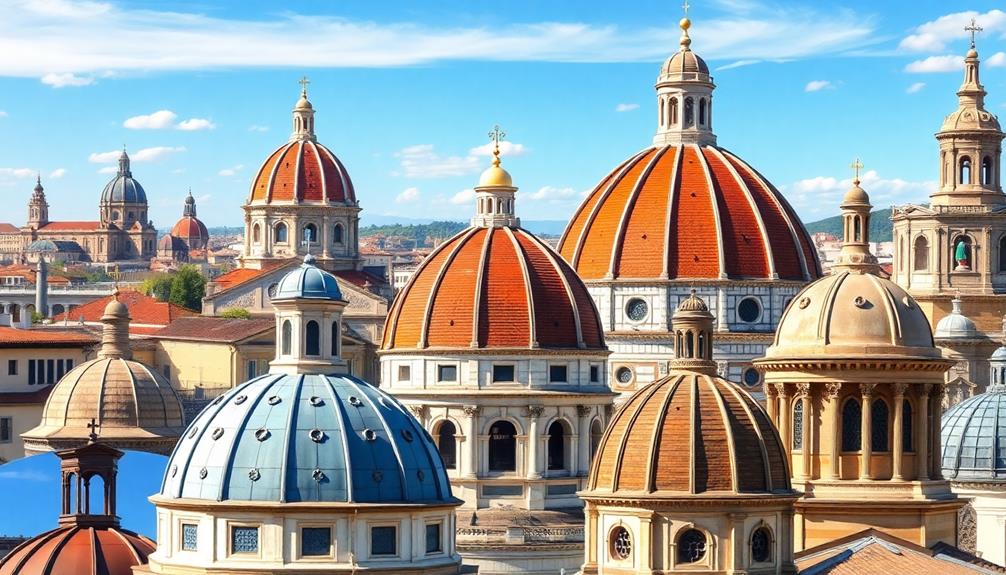
Throughout history, cupolas have played a significant role in architecture, evolving from practical elements of ancient structures to prominent design features in modern buildings. You can trace their origins back to ancient churches, where they provided both ventilation and natural light.
Their design often echoes the emphasis on natural materials, much like the Modern Farmhouse Decor Trends that highlight wood and stone. Iconic landmarks like the cupola atop the United States Capitol highlight their historical significance.
During the 18th and 19th centuries, their popularity soared in government buildings and large homes, showcasing elegance and cultural depth. As you explore various architectural styles, you'll notice how cupolas maintain a timeless appeal, blending seamlessly with diverse designs.
Their enduring presence not only enhances aesthetics but also reflects the evolution of architectural innovation throughout the ages. Some buildings stand as symbols of Victorian architecture, showcasing the intricate details and ornate features that characterized this era. The presence of such structures serves as a reminder of the craftsmanship and attention to detail that was highly valued during the Victorian era. When these buildings are preserved and maintained, they provide a window into the past and contribute to the historical fabric of a city or town.
Architectural Significance

While cupolas may seem like mere decorative elements, they hold significant architectural value that goes beyond aesthetics. You'll find they enhance the overall character of buildings, offering a blend of traditional craftsmanship and modern design. Cupolas improve natural lighting, allowing spaces to feel more open and inviting. Their distinctive features create visual interest that draws the eye upward, adding elegance.
| Architectural Value | Description |
|---|---|
| Enhances Aesthetics | Adds visual appeal and character |
| Improves Natural Light | Reduces reliance on artificial lighting |
| Offers Panoramic Views | Provides a unique vantage point |
| Blends Traditions | Merges classical and contemporary styles |
These elements make cupolas integral to architectural design, enriching both function and form.
Practical Functions
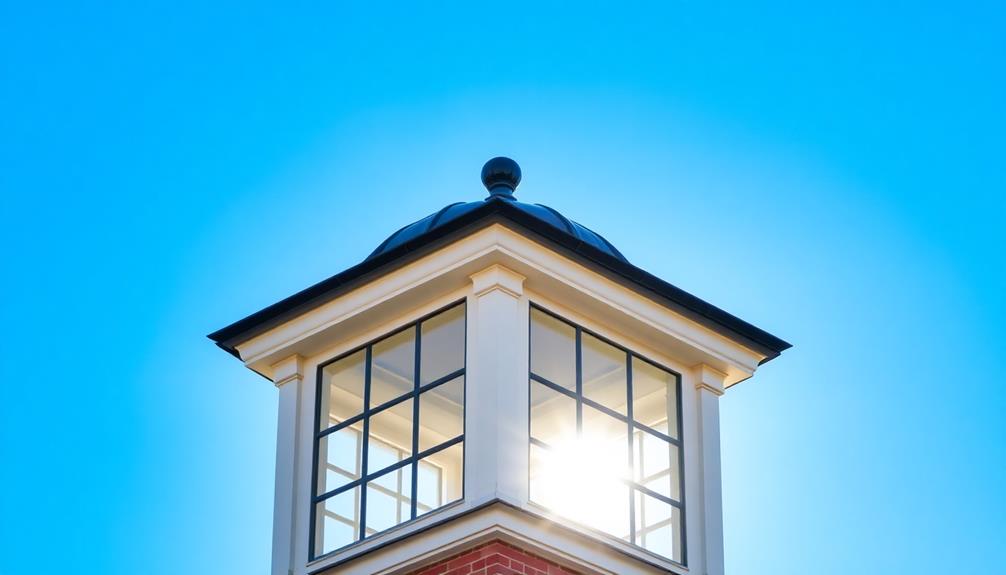
Cupolas serve multiple practical functions that extend beyond mere decoration, enhancing both the efficiency and comfort of a building. They act as effective ventilation systems, promoting fresh air circulation and preventing heat buildup in warmer months, similar to how financial considerations for elderly care can enhance the comfort of living spaces.
By incorporating openings, cupolas allow natural light to flood into indoor spaces, reducing the need for artificial lighting and creating a more inviting atmosphere. Additionally, they function as observation points, offering breathtaking panoramic views that connect occupants with their surroundings.
This dual functionality not only elevates the building's aesthetic appeal but also contributes to a healthier living environment. Ultimately, cupolas blend beauty with practicality, making them an invaluable architectural feature in both historic and modern designs.
Design Elements
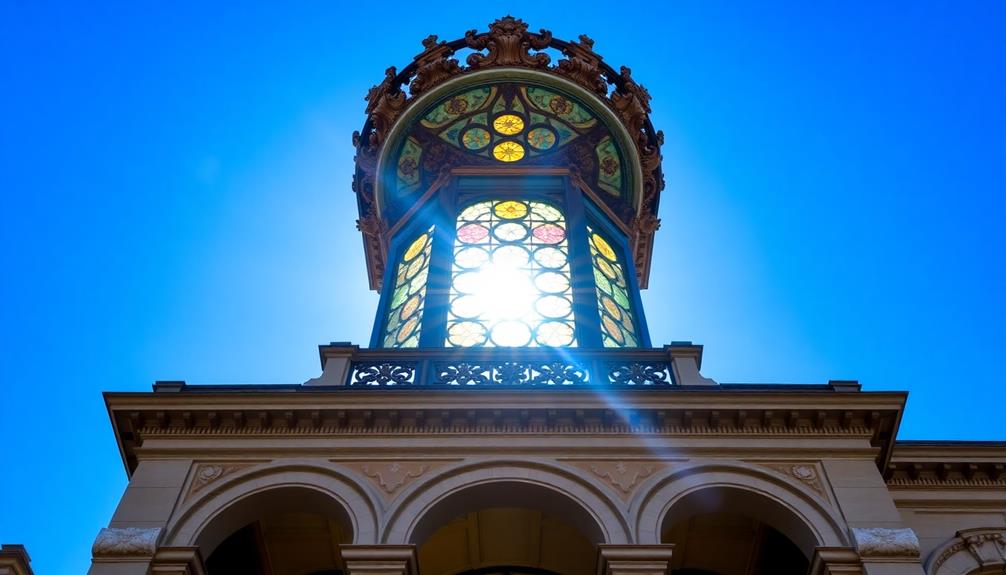
Building on the practical functions of cupolas, their design elements play an essential role in both aesthetics and performance.
You'll notice features like louvered sides, which not only enhance ventilation but also add decorative charm.
Diverse styles, such as bell-shaped or pagoda, allow for customization that can reflect the unique character of your building.
The choice of materials—wood, metal, or vinyl—significantly impacts both the look and durability of your cupola.
Intricate details, from finials to trim, elevate the overall architectural significance, making your cupola a standout feature.
Ultimately, these design elements give architects creative opportunities to harmonize cupola styles with the building's overall design, ensuring that functionality beautifully complements visual appeal.
Modern Innovations and Sustainability

Sustainability has become a cornerstone in modern architecture, and cupolas are no exception. Innovations in materials and design maximize energy efficiency while maintaining their aesthetic appeal. By using recycled or sustainably sourced materials, you contribute to a greener environment. Additionally, modern cupolas often incorporate solar panels, enhancing energy production and reducing dependency on nonrenewable sources.
Here's a quick look at some modern sustainable features of cupolas:
| Feature | Benefits | Examples |
|---|---|---|
| Energy-efficient | Reduces energy costs | Solar panels |
| Recycled materials | Minimizes environmental impact | Reclaimed wood |
| Natural ventilation | Improves indoor air quality | Louvered designs |
| Rainwater systems | Supports water conservation | Collection systems |
These innovations guarantee cupolas remain relevant, blending tradition with sustainability.
Frequently Asked Questions
What Styles of Cupolas Are Most Popular Today?
Today, you'll find popular cupola styles like the classic bell-shaped, modern flat-top, and elegant pagoda. Each style adds unique character to buildings, enhancing both aesthetics and functionality while reflecting personal and architectural preferences.
How Do Cupolas Affect Property Value?
Cupolas can considerably boost your property value by enhancing curb appeal and showcasing unique architectural features. Their aesthetic charm, combined with practical benefits like ventilation and natural light, makes your home more attractive to potential buyers.
Are Cupolas Suitable for All Building Types?
Cupolas aren't suitable for every building type. You'll find they work best on larger structures, enhancing aesthetics and functionality. Consider your architecture's style and purpose before deciding to incorporate a cupola into your design.
What Maintenance Do Cupolas Require?
Cupolas require regular inspections and cleaning to prevent debris buildup. You should check for signs of damage, guarantee proper ventilation, and repaint as needed to maintain their aesthetic appeal and functional efficiency over time.
Can Cupolas Be Added to Existing Structures?
Yes, you can add cupolas to existing structures. They enhance aesthetics and functionality, so consider your building's design and structural integrity. With proper planning, you'll enjoy improved ventilation, natural light, and a stunning visual appeal.
Conclusion
As you explore the enchanting allure of cupolas, you'll appreciate their historical roots, admire their architectural significance, and recognize their practical functions. You'll marvel at their intricate design elements and embrace the modern innovations that make them sustainable. Cupolas invite light, inspire beauty, and connect spaces, enriching our environments. So, whether you're gazing up at a grand structure or considering one for your own project, you'll find that cupolas truly elevate architecture in timeless ways.

